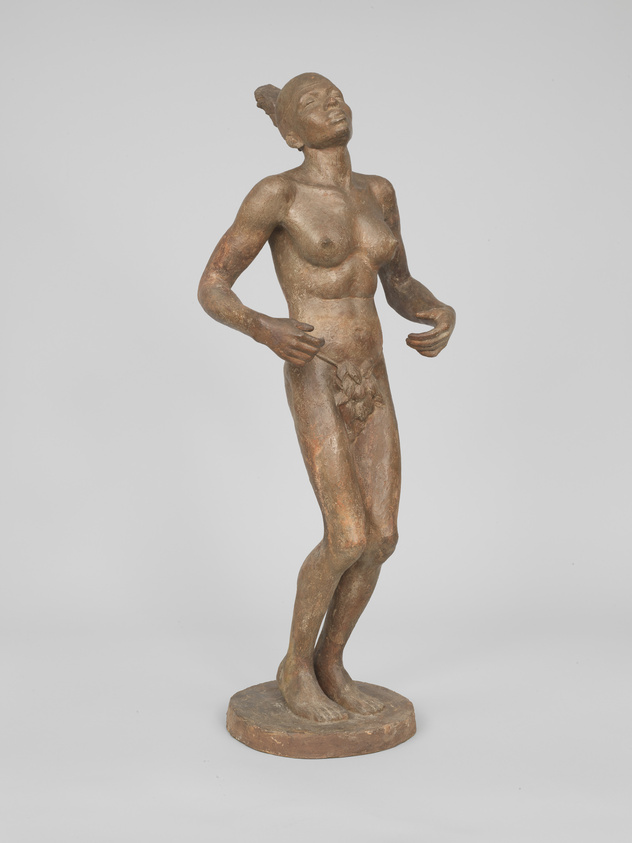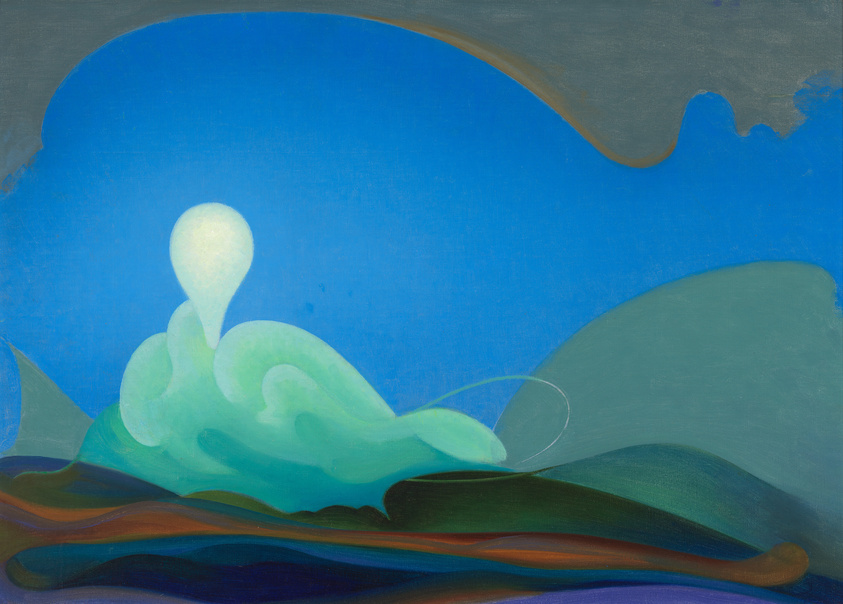Richmond Barthé, African Dancer
Apr 18, 2022
0:00
Richmond Barthé, African Dancer
0:00
Narrator: This sculpture of an African dancer is by the artist Richmond Barthé.
Margaret Rose Vendryes: He is the only African American sculptor of his era who worked on the nude. The only one. It was quite daring.
Narrator: Margaret Rose Vendryes was a painter and author of Barthé: A Life in Sculpture.
Margaret Rose Vendryes: There was almost a restriction on using the nude because of all of the difficulties that have come out of this sort of hypersexualization of Black people during that time. And so Barthé, he took some risks, and he leaned in on his classical training to say that the nude is the standard, and that Black figures should be represented within the standard.
Narrator: Barthé made a number of these African Dancers during the 1930s. Like this one, they all stand on a circular form.
Margaret Rose Vendryes: And that is an indication that it is a spotlight, that it's a stage performance. But of course, at least in New York, which is where he was when he made this, you would not have seen a performance of a near nude African woman on stage publicly. That would not have happened.
Narrator: Barthé never went to Africa, and would have based this figure on photographic research.
Margaret Rose Vendryes: I did a lot of research on when would a woman appear dancing with that kind of long covering on her? There are some celebrations and rituals where they're actually pieces of metal. So when they dance, there is a pretty loud sound that comes with it. But the closer you look at it, to me they look like leaves that are covered there. And that is a sign of a woman in mourning. And that matches up with the sort of possession, the posture of her head, the gesture on her face, that it does look like we are witnessing someone in mourning.


